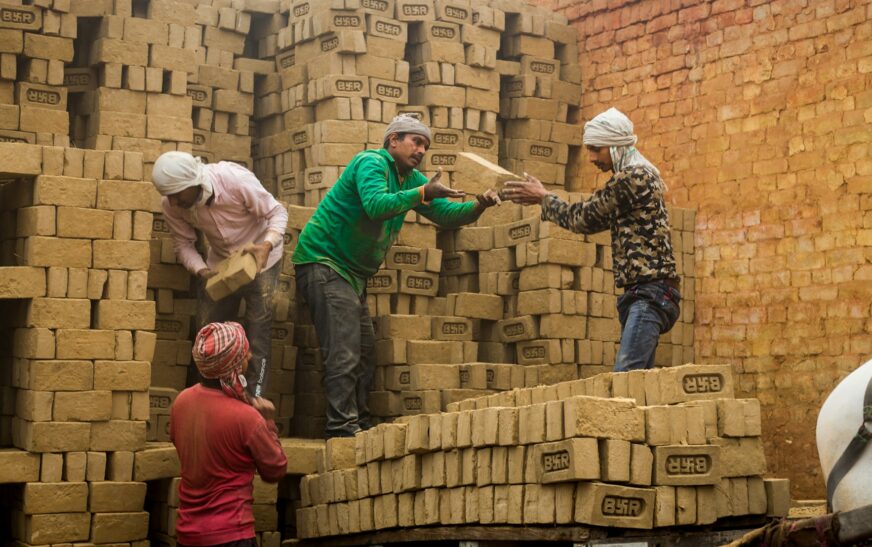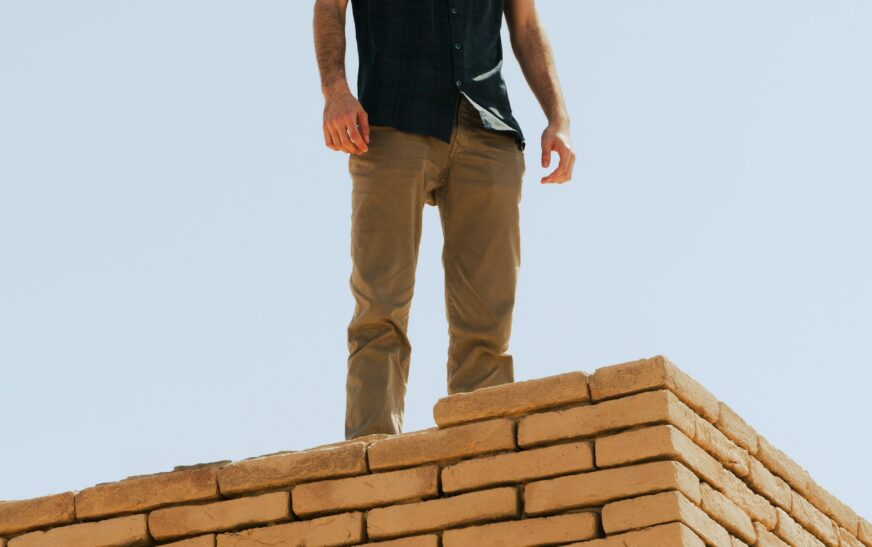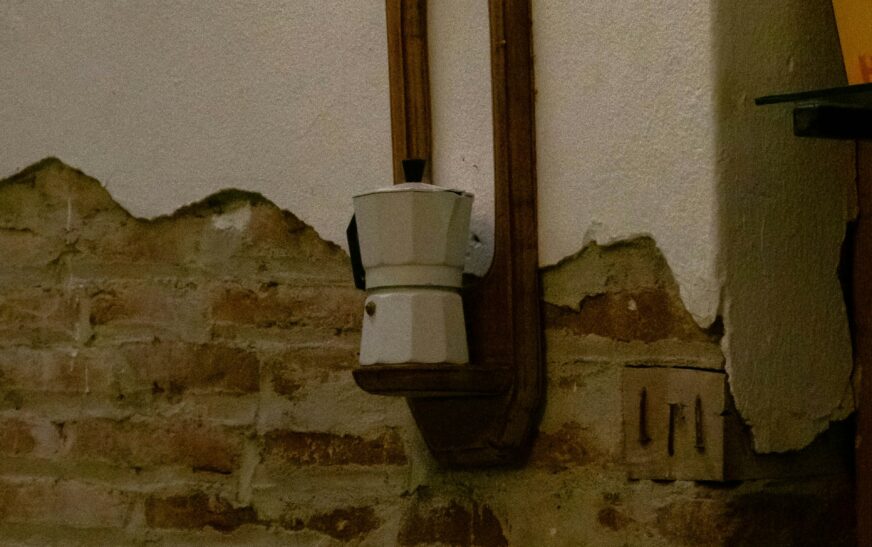If you’ve ever started a construction or landscaping project involving bricks, you might have asked the deceptively simple question: how much is a pallet of bricks?
At first glance, it seems like a question about cost—but in reality, it’s about volume, weight, type, and logistics. Knowing what goes into a pallet of bricks isn’t just helpful; it’s essential for planning, budgeting, and avoiding mid-project headaches.
What Exactly Is a Pallet?
Let’s start simple. A pallet is a flat platform—usually wood—used to stack and transport heavy materials like bricks, blocks, or pavers. It’s designed for forklifts, warehouses, and construction sites.
So when someone asks, “How much is a pallet of bricks?” they’re usually trying to figure out:
- How many bricks come on one pallet
- How much space it occupies
- How heavy it is
How Many Bricks Are on a Pallet?
There’s no universal answer. The number of bricks per pallet depends on:
- Type of brick: Clay, concrete, fly ash, or specialty bricks
- Size of brick: Modular, standard, king-size, jumbo
- Manufacturer & regional practices
- Stacking method & packaging
Typical ranges:
- Standard modular bricks: 400–525 per pallet
- King-size bricks: 250–350 per pallet
- Pavers or concrete bricks: 250–400 per pallet
Smaller, thin decorative bricks pack more densely, while large concrete masonry units (CMUs) need more space, so fewer fit on a pallet.
Factors That Influence Brick Count Per Pallet
1. Brick Size and Shape
Bigger bricks = fewer per pallet. Standard clay bricks are smaller than concrete pavers, so a pallet can carry more clay bricks.
2. Brick Type and Composition
Clay bricks are heavier and denser than fly ash bricks. Concrete bricks can be bulky. Density affects both total weight and safe stacking.
3. Pallet Dimensions
Most pallets are around 48 x 40 inches, but sizes vary. A slightly wider or taller pallet may fit more bricks.
4. Packaging & Load Strategy
- Loose stacking: More bricks per pallet but higher risk of chipping.
- Shrink-wrapped bundles: Safer to handle, but fewer bricks per pallet.
Why Brick Quantity Matters
Knowing how many bricks fit on a pallet helps you:
- Estimate material needs accurately
- Plan transportation & unloading efficiently
- Avoid shortages or overages
- Maximize job site space
Even underestimating one pallet can slow your project, disrupt workflow, and inflate costs due to rush shipping or reordering.
How Heavy Is a Pallet of Bricks?
Weight matters almost as much as quantity:
- Standard clay brick: 4.5–5 lbs each → 500 bricks = 2,200+ lbs
- Concrete bricks/pavers: 7–12 lbs each → 500 bricks = 3,500+ lbs
Tip: Heavy pallets usually require forklifts and may pose structural concerns if stored on upper floors or weak surfaces.
Regional and Manufacturer Differences
Bricks and pallets aren’t identical worldwide:
- U.S.: Modular bricks stack efficiently.
- UK: Metric sizing affects pallet counts.
- India: Fly ash bricks are lighter, allowing more per pallet, but palletization may vary.
Always check with your local supplier for exact counts and standards.
Read More : How Heavy Is a Brick? A Comprehensive Guide to Brick Weights and Construction Use
Application-Specific Considerations
Different projects need different bricks—and thus different pallets:
- Structural walls: Standard clay or concrete bricks in large quantities.
- Driveways & patios: Heavy, thick pavers or concrete blocks.
- Decorative veneers: Thin bricks, lighter and more numerous per pallet.
Knowing your project’s brick type helps you estimate exactly how many pallets you’ll need.
In short: a pallet of bricks isn’t just a stack of blocks—it’s a careful balance of size, weight, and logistics. Plan wisely, and you’ll avoid surprises, save money, and keep your project on track.










